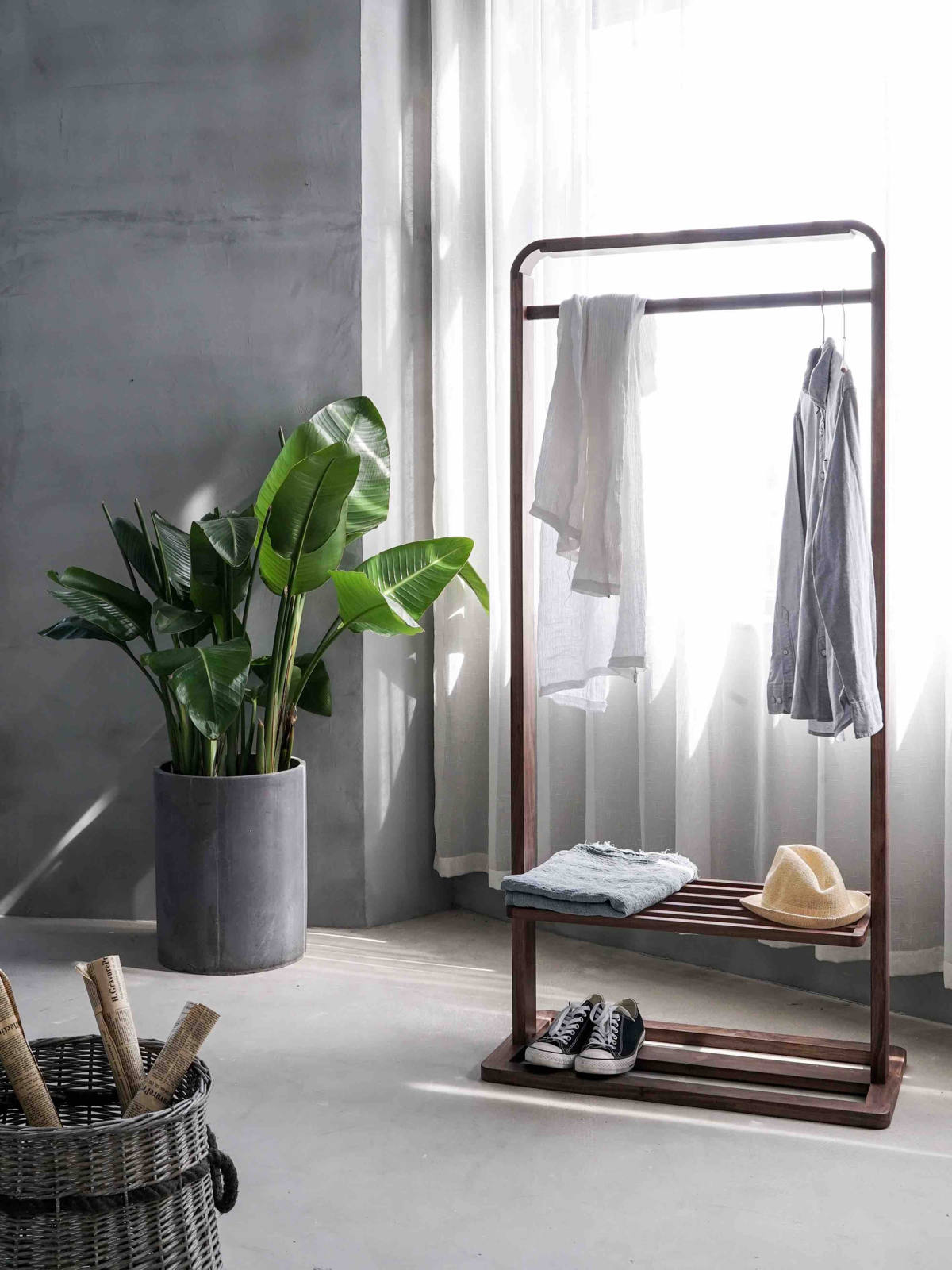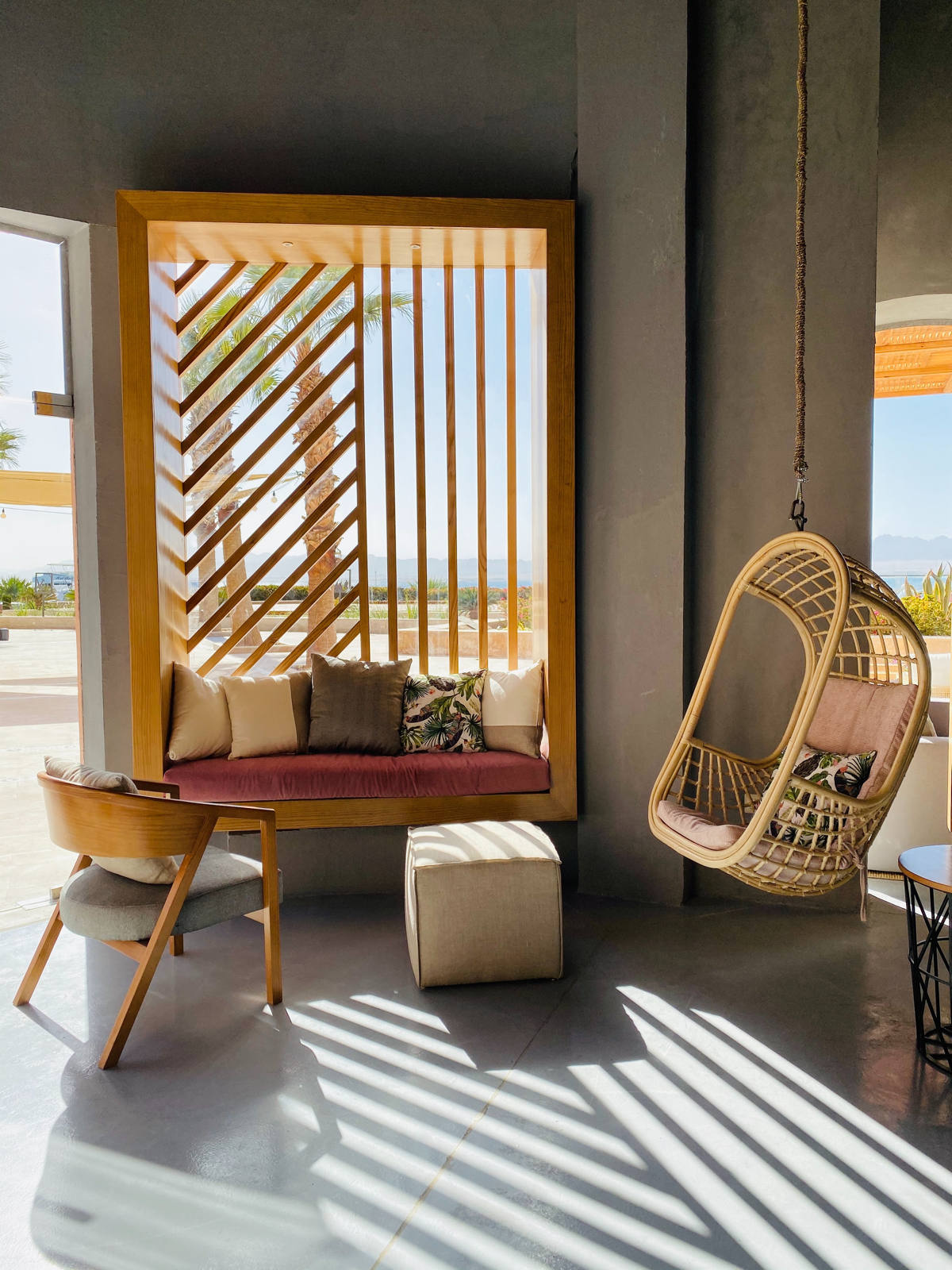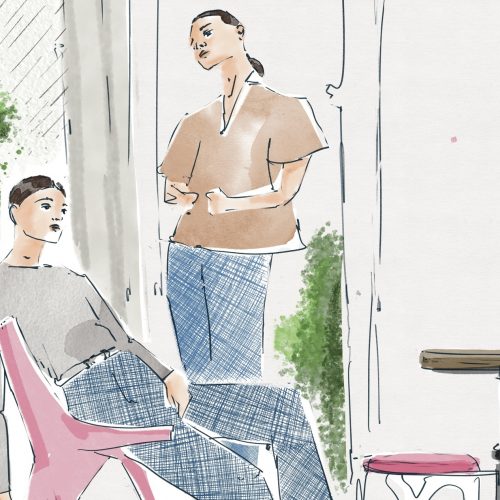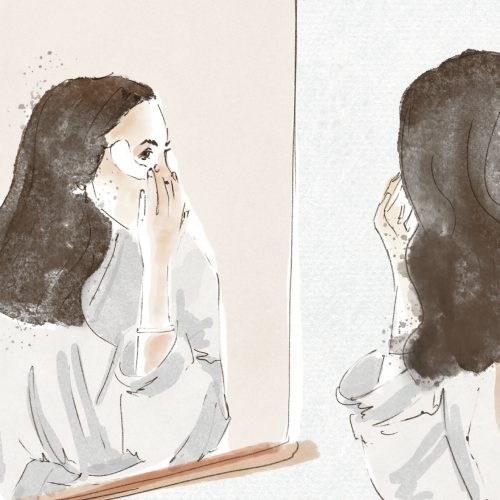How to design your Sustainable Home
Making your life more eco-friendly may seem like a big challenge, but incorporating small changes into your daily life will leave you noticing big differences. First, start with your home; what changes can you make to create a space that is eco-friendly?
Plants
There have been plenty of studies showing that plants can help detoxify and purify your home as well as improve air quality. The Barberton daisy is a bright flower that helps cleanse the air of toxins that can be found in household paints and synthetic fibres. Other plants that cleanse the air of toxins include the spider plant, dragon tree, and chrysanthemums. Not only do these plants add some colour and greenery to your home, but they protect you from harmful toxins found in common household items and are good for your health.
Toiletries
To reduce your use of single-use plastic in your home, why not swap your toothbrush for a bamboo alternative? These toothbrushes can be recycled and are also biodegradable! But, what about toothpaste? There are a few alternatives and it’s best to go tubeless. Natural toothpaste is vegan, organic and going tubeless gets rid of the unnecessary plastic. You can also get toothpaste tablets and powders that come in glass jars with a metal lid. These can then be reused once finished or recycled! You can also swap out your soap and shampoo for organic soap bars.
Cotton pads are not biodegradable and produce a lot of excess waste that is detrimental to the environment. So swapping them for reusable bamboo pads is a great way to be more eco-friendly. Reusable cotton pads can be washed whenever needed and are also gentler to your skin! It’s important to be kind to yourself as well as the environment.

Energy
Changing your lightbulb for LEDs, using blankets when it’s cold, and washing your clothes in cold water are just a few things you can do to save energy and electricity in your home. Having curtains and blinds help keep heat in as well as make your home look super cosy. You can also get organic blankets to keep warm, so you save on heating bills! Small changes like this will help reduce your carbon footprint and also save you money on your bills.
Minimalism
Less is more. Only buy things you need, and consider whether they are sustainable and eco-friendly. Having a minimalist home means that you have only the essentials, and this will reduce your carbon footprint and prevent a cluttered home. You can achieve a minimalist home by donating any unwanted items and consuming less. Having a minimalist home also means you are more conscious of the waste you are producing.
Studies show that it take about 2 months for a new behaviour to become a habit. Once you start incorporating eco-friendly products and behaviours into your home, it will quickly become just another part of your lifestyle. Who doesn’t want a home that is eco-friendly and saves you money?


+ Words: Shaelei Parmar
Shaelei Parmar is a Fashion and Sustainability Blogger. She recently graduated with a degree in English and Drama and is beginning her journey as a writer and sustainable consumer. She has her own Blog ( https://shaestyles.blog/).
Connect with her on Instagram: Shaelei




